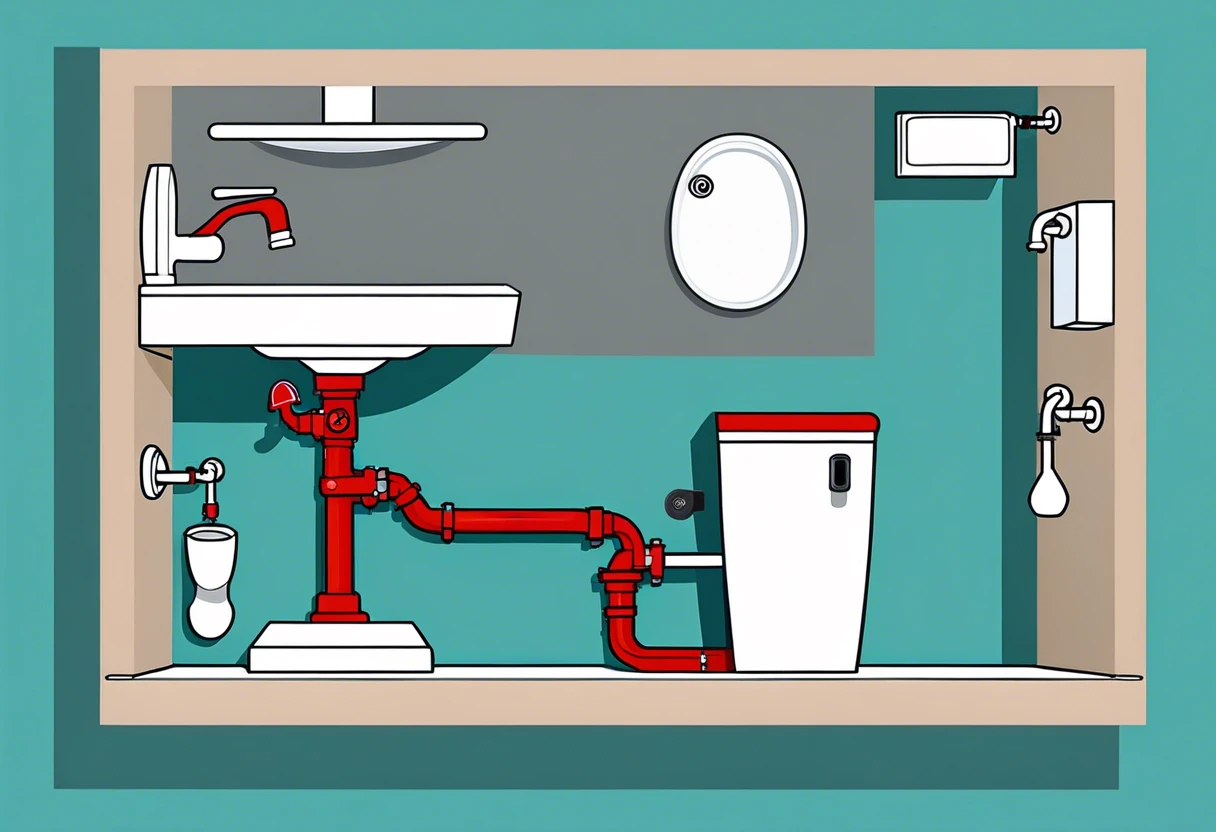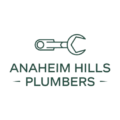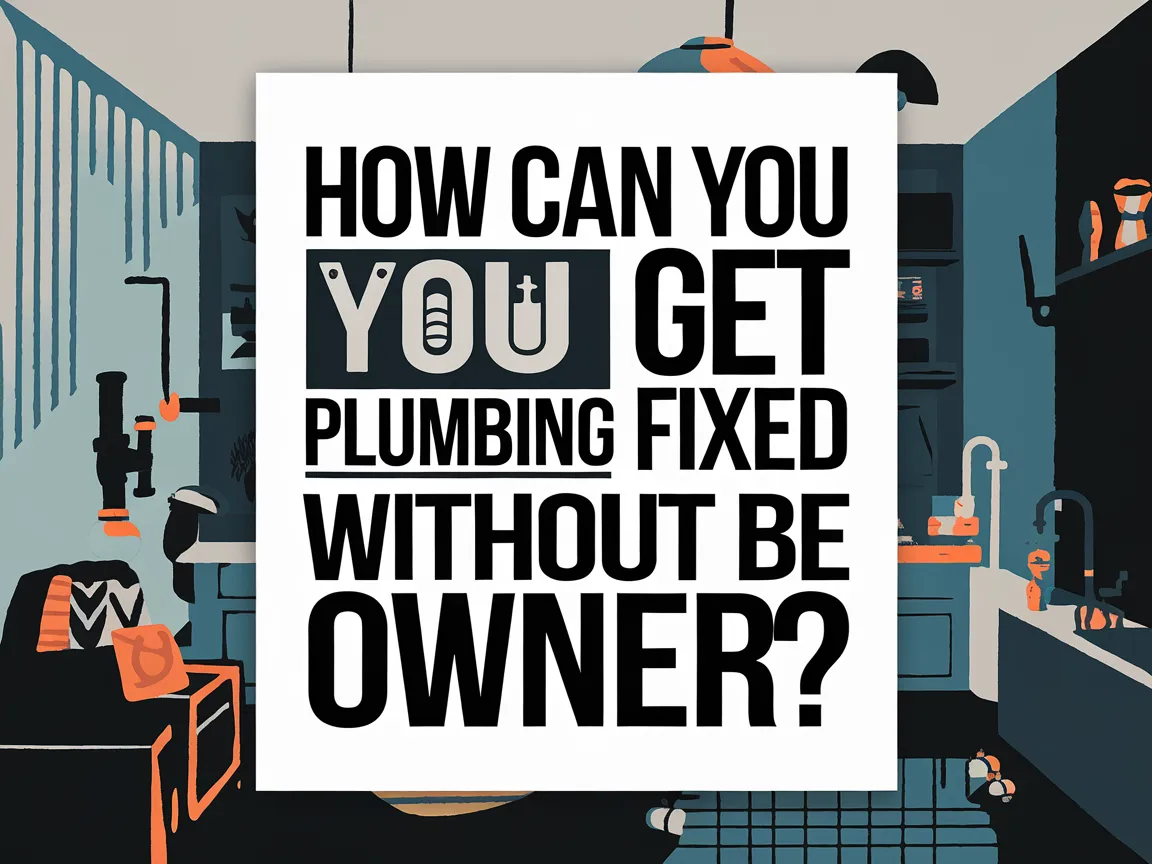Understanding House Trap Plumbing: Why It’s Essential for Your Home
Published on: March 23, 2025 | Last Updated: March 23, 2025
Written By: anaheimplumbers
Hey there! You might be wondering, what is a house trap plumbing? It’s a common question among homeowners in our sunny Anaheim Hills, and I’m here to break it down for you. Whether you’re dealing with a funky smell or draining issues, knowing what a house trap does can save you a lot of headaches.
Plumbing can indeed be confusing, and I draw from years of experience tackling various plumbing challenges, including the intricacies of plumbing systems and components. So let’s take a closer look together, and I promise to simplify it for you.
In this article, I’ll walk you through several key aspects: the definition of house trap plumbing, its importance, how it relates to other plumbing concepts, the costs for house trap services, and when it’s smart to call in the pros. We’ll cover all this to keep your plumbing in top shape!
Page Contents
- 1 What is a House Trap Plumbing?
- 2 Key Takeaways for Understanding House Traps
- 3 In-depth Look at House Trap Plumbing and Its Importance
- 4 Understanding Related Concepts of House Trap Plumbing
- 5 Key Components of House Trap Plumbing Systems
- 6 House Trap Plumbing Maintenance Practices
- 7 How Much Does It Cost for House Trap Services?
- 8 When to Consult Experts About House Trap Plumbing Issues
- 9 Frequently Asked Questions About House Trap Plumbing
- 10 Final Thoughts on House Trap Plumbing and Maintenance
- 11 Useful References for You:
What is a House Trap Plumbing?
A house trap is a plumbing fixture designed to prevent sewer gases from entering your home. It typically uses water to create a seal, acting as a safeguard for your indoor environment. It’s essential to consider local plumbing codes when installing a house trap, as these regulations can vary from place to place. Always consult with a plumbing professional for safety.
Key Takeaways for Understanding House Traps
- Understand the role and importance of a house trap in managing wastewater.
- Learn how house traps prevent sewer gases from entering your home.
- Discover the potential costs associated with house trap services in your area.
- Recognize when to consult experts for house trap plumbing issues.
In-depth Look at House Trap Plumbing and Its Importance
A house trap serves a critical purpose: it ensures that waste can flow out of your home while effectively keeping foul odors at bay. If you’ve ever encountered a weird smell in your Anaheim Hills home, an improperly functioning house trap might be to blame.
In a typical plumbing setup, the house trap is placed between your house drain and the sewer line. It captures debris and plays a key role in separating it from wastewater. This design protects your home’s plumbing from clogs, ensuring a smooth flow and preventing those pesky backups. No one wants that mess!
Over time, however, buildup can occur inside the trap, which may choke off the flow of water. I recall working on an older home in the OC where the house trap had not been cleaned in over a decade. It was a considerable challenge! The minerals inside were so hardened that they crunched like gravel, and the smell? Let’s just say I was relieved once that job was finished!
Understanding the role of house trap plumbing is vital, as it serves not only as a convenience but also as a crucial component in ensuring a comfortable and safe living environment. Regular maintenance of your house trap can help prevent stagnant water and avoid a host of potential issues. Unfortunately, many homeowners often overlook this important step. However, by committing to consistent check-ups, you can protect both your plumbing system and your finances over time. To better grasp the significance of house traps and how they function, consider reading more about house trap plumbing, which can help you prevent serious plumbing dilemmas in the future.
Factors affecting your house trap can vary widely, including location, the age of your pipes, and even the quality of our local water supply. Throughout my initial years in the plumbing field, I discovered that many homeowners underestimate how the specific geography of Anaheim Hills influences their plumbing systems. The region’s clay soil, known for its tendency to shift, can lead to leaks and other plumbing issues. Understanding the associated costs of plumbing can empower you to make informed decisions about your new home. If you’re interested in learning more about the expenses involved, I recommend checking out a guide on how much plumbing costs for a new house in Anaheim Hills.
Additionally, the materials used in house traps matter. Common materials include PVC and cast iron. Here in California, I usually recommend PVC for its lightweight properties, corrosion resistance, and longevity. Having removed numerous house traps during renovations, I can attest that working with rusted cast iron pipes adds significant challenges to the job!
In summary, house traps play an integral role in our plumbing systems in Anaheim Hills. Understanding what a house trap plumbing involves reveals its importance not just for convenience but for the comfort and safety of your home. Take some time to care for your house trap, as doing so can ensure everything remains well-functioning!
Now that we’ve explored the significance of house trap plumbing, let’s move on to related concepts.
Also See: What is a Closed Plumbing System?

Understanding Related Concepts of House Trap Plumbing
In this section, I’ll discuss various aspects of house traps, including replacements, materials, and associated costs. Having serviced many homes in Anaheim Hills, I’ve seen house traps come in and out on numerous occasions.
What is a House Trap Plumbing Replacement?
A house trap plumbing replacement involves swapping out an old or damaged trap beneath your home. These essential fixtures help capture waste, preventing sewer gases from infiltrating your living space. I’ve had clients call in a panic when their traps clogged, and believe me, an untidy replacement job is never fun—but fixing the problem can certainly provide peace of mind!
What is a House Trap Plumbing Made Of?
House traps can be constructed from materials such as cast iron and PVC (Polyvinyl Chloride). While cast iron is durable, it can rust over time, particularly in our relatively moist California environment. Conversely, PVC is lightweight and resistant to corrosion, making it a favorite choice for homeowners seeking durability without the hassle of potential rust.
What is a House Trap Plumbing Diagram?
A house trap plumbing diagram visually depicts the connections of all components, serving as a roadmap for your plumbing system. I often provide clients with sketches to clarify the position of the trap in their drainage line—it’s always rewarding to see their comprehension light up!
Sewer House Trap Diagram Explained
A sewer house trap diagram illustrates the connection between the sewer line and your home, showing how wastewater flows and how the trap effectively prevents unpleasant sewer smells from backflowing into your living space—an absolutely vital function! In larger settings, such as apartment buildings, the plumbing system can become quite complex. Therefore, having a clear understanding of how plumbing works in an apartment is essential for both residents and owners alike. This knowledge is crucial for ensuring a comfortable and efficient living environment.
What is a House Trap Plumbing Called?
Occasionally, house trap plumbing is referred to simply as a ‘drain trap.’ This term often confuses first-time homebuyers, but if we consider it as the essential barrier between us and the sewer, the purpose becomes clear!
House Trap Replacement Cost Considerations
When contemplating house trap replacement costs, it’s essential to consider various factors including labor, materials, and the depth of installation. Generally, you can expect prices ranging from $150 to $500, depending on accessibility and any additional challenges, such as root intrusions or the need for pipe replacements. I’ve encountered my fair share of tricky setups while carrying out replacements in the OC! For those curious about the overall expenses involved in plumbing projects, I recommend checking out a helpful breakdown of costs at new plumbing costs.
PVC House Trap: An Overview
PVC house traps have become increasingly popular because of their lightweight properties and resistance to rust, providing lasting benefits for homeowners in sunny Anaheim Hills. I’ve discovered that switching to PVC can significantly improve plumbing operations, particularly in older homes where traditional materials may have deteriorated. To maximize the advantages of PVC and ensure longevity, proper maintenance during the colder months is crucial. Being informed about how to winterize plumbing in your house can help you avoid costly repairs down the line. For detailed guidance, you can explore more about Anaheim Hills plumbing tips to ensure your system remains in top condition.
House Trap Removal Cost Insights
Costs for house trap removal can vary as well; a straightforward installation might range from $100 to $300. It’s always wise to obtain a quote from a local expert, as exploring beneath your home can reveal unexpected surprises—I’ve come across old traps holding more than just water!
Now that we’ve discussed related concepts of house trap plumbing, let’s examine its key components.
Key Components of House Trap Plumbing Systems
For homeowners looking to maintain or troubleshoot plumbing, understanding the parts of a house trap plumbing system is essential.
Main Components of a House Trap
A house trap consists of several integral components working in unison to ensure effective plumbing operation. Here’s a straightforward breakdown:
- Trap Body: The essential part that holds water, creating a seal against sewer gases.
- Inlet and Outlet Pipes: Connections that allow wastewater to flow into and out of the trap.
- Cleanout Plug: This feature enables easy access for cleaning or inspection purposes.
- Vent Pipe: Regulates airflow and helps maintain proper water flow within the system.
House Trap Functionality Table
| Component | Function | Importance |
|---|---|---|
| Trap Body | Creates a water seal against gases | Essential for odor prevention |
| Inlet and Outlet Pipes | Facilitate wastewater flow | Critical for efficient drainage |
| Cleanout Plug | Allows for easy cleaning access | Helps with routine maintenance |
| Vent Pipe | Regulates airflow | Prevents vacuum and ensures proper drainage |
Having gained a solid grasp of the essential elements and efficiencies of house trap plumbing systems, it’s vital to recognize that finish plumbing plays a crucial role in preventing leaks and ensuring proper drainage in your home. To further enhance your home’s plumbing functionality, let’s explore essential maintenance techniques and best practices, including what finish plumbing entails.
House Trap Plumbing Maintenance Practices
Regular maintenance is pivotal for the efficient operation of your house trap and prolonging its lifespan.
Cleaning and Inspection Routines
Implementing a simple cleaning routine can save you significant headaches down the line. Here’s my recommendation:
- Every six months, check for debris buildup and unpleasant odors.
- Utilize a plumbing snake or auger to clear minor clogs.
- Flush with hot water and vinegar monthly to prevent buildup.
Being proactive about house trap plumbing is essential in preventing larger issues that can arise from a neglected system. I’ve seen firsthand how ignoring these crucial maintenance tasks can lead to significant plumbing problems—it’s a step you simply cannot skip! If you’re unsure how to manage plumbing repairs without full ownership, I recommend checking out the tips provided on how to get plumbing fixed without being the owner, which can guide you through effective solutions.
We have now covered house trap plumbing upkeep practices. Next, we will explore the costs associated with house trap services.

How Much Does It Cost for House Trap Services?
If you’re curious about costs, house trap services can range from $200 to $1,000. The wide variance is often due to job complexity. You may also run into unanticipated expenses, such as old pipe replacements or city permits.
Based on my experience servicing homes across Anaheim Hills, most projects typically take between one to three days to complete. For instance, past customers like the Johnsons received a bill of approximately $450 for their services. If your project requires landscaping or structural repairs, it’s wise to budget an additional few hundred dollars. Be cautious with DIY attempts, as they can easily lead to unintentional complications that might increase your workload. Furthermore, if you’re considering a more extensive renovation, it’s important to assess whether a homeowner can replace the plumbing system in Anaheim Hills. This decision can greatly affect both the timeline and the overall budget for your project. For more detailed information on this subject, you can find it here.
Cost Breakdown for House Trap Services:
| Service Type | Estimated Costs ($) | Notes |
|---|---|---|
| Basic Inspection | $100 – $300 | Evaluate current condition |
| House Trap Cleaning | $200 – $500 | Basic clog services |
| Replacement of House Trap | $600 – $1,000 | Includes labor and materials |
| Additional Permits | $50 – $150 | City requirements |
When to Consult Experts About House Trap Plumbing Issues
Have you ever experienced that nagging feeling that something is amiss with your plumbing? If you start noticing persistent clogs or sewer odors that refuse to dissipate, it’s definitely time to call in the professionals. Additionally, a malfunctioning water heater can significantly complicate plumbing issues. If you’re wondering whether water heaters fall under the HVAC category or plumbing, you can explore this topic further in our discussion on the classification of water heaters.
When selecting an expert, it’s essential to choose someone with ample local experience. Don’t hesitate to ask for references or check online reviews, as these can provide valuable insights. Having worked in this field for a considerable time, I can attest that the right plumber not only resolves your issues efficiently but also ensures compliance with local plumbing codes. Additionally, it’s important to be aware of potential hazards associated with your plumbing materials; certain types of pipes can lead to costly repairs down the line. Therefore, exercise caution when encountering overly cheap quotes; if they seem too good to be true, they often are. To avoid common pitfalls, you may want to familiarize yourself with the types of plumbing pipes that are problematic.
Benefits of Hiring a Local Anaheim Hills Plumbing Expert
Hiring a local plumber provides invaluable insights into the specific plumbing needs and challenges prevalent in Anaheim Hills. For instance, I remember assisting a family on Via Lido with a complicated house trap situation. Due to my familiarity with local regulations, we efficiently dealt with their issues, saving both time and money. You can find skilled professionals through a simple click here.
Understanding local plumbing codes related to what is a house trap plumbing is essential, particularly in Anaheim Hills, CA. This knowledge ensures that your plumbing system is not only repaired effectively but also meets regulatory standards, keeping your home safe for you and your family. Additionally, when undertaking projects like excavation, it is crucial to secure the appropriate permits. To facilitate this process, you can find specific information on how to obtain a plumbing permit for excavation to ensure you remain compliant with local regulations.
Frequently Asked Questions About House Trap Plumbing
I often get questions about house traps, and I’m excited to provide answers to your common inquiries.
Why Are House Traps Obsolete?
House traps are considered obsolete because modern plumbing systems implement superior methods to prevent sewer gases from entering the home. This shift drives homeowners to seek safer and more efficient alternatives.
Where is the House Trap Located?
The house trap is typically situated outside of the home, around the foundation, located between your building’s plumbing and the public sewer line or septic system.
How Much Does It Cost to Replace a House Trap?
The cost to replace a house trap generally ranges from $500 to $1,500, depending on your specific plumbing system and the extent of work required.
Is a House Trap Required by Code?
A house trap is not mandated by code in many regions, including California, as updated plumbing regulations favor alternative systems for managing drainage and preventing sewer odors. When planning plumbing updates, it’s essential to understand that costs can vary significantly, particularly concerning the replacement of a shower valve. To effectively budget for your renovations, consider researching the typical costs to hire a professional. For more information on what to expect, you can learn about plumber charges related to shower valve replacements.
What Are the Signs of a Failing House Trap?
Signs of a failing house trap often manifest as slow drains, unusual sewer smells, or recurring clogs within your plumbing system that seem to appear out of nowhere.
Can I Remove My House Trap?
While it is possible to remove your house trap, it is crucial to consult a plumber first, as local codes typically dictate how drainage systems should function to ensure safe waste management.
What Maintenance Does a House Trap Require?
House traps necessitate routine maintenance, which includes cleaning and inspection to ensure they function correctly and to avoid clogs and sewer gas backflow.
Final Thoughts on House Trap Plumbing and Maintenance
In conclusion, we covered what is a house trap, its importance, related concepts, costs for services, and when to consult experts on plumbing issues.
In essence, a house trap is a pivotal plumbing feature that seals your home’s sewer lines to guard against bad odors while promoting effective drainage. Feel free to explore our services at Anaheim Hills Plumbers. Utilize our chat feature for a quick quote estimate and connect with professional plumbers.

